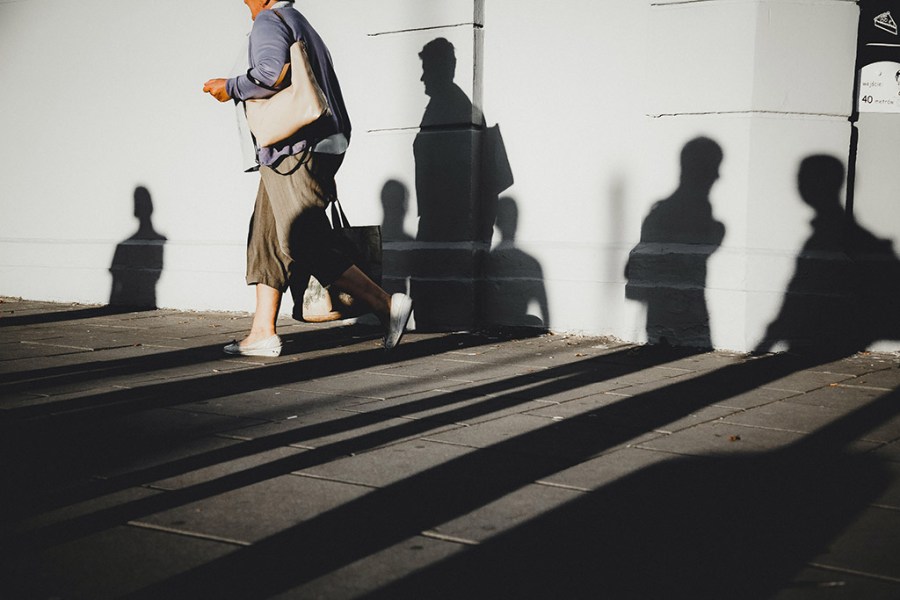A Biased View of Street Photographers
A Biased View of Street Photographers
Blog Article
The Only Guide to Street Photographers
Table of ContentsStreet Photographers - The FactsThe Best Strategy To Use For Street PhotographersThe Buzz on Street Photographers8 Simple Techniques For Street PhotographersStreet Photographers Fundamentals Explained
A style of digital photography that documents day-to-day life in a public area. The very publicness of the setup enables the photographer to take honest photos of unfamiliar people, usually without their understanding. Road professional photographers do not necessarily have a social function in mind, yet they like to isolate and capture moments which could or else go unnoticed (Street Photographers).He was affected by many of those that influenced the road digital photographers of the 1950s and '60s, he was not primarily interested in capturing the spirit of the street. The impulse to visually record individuals in public started with 19th-century painters such as Edgar Degas, douard Manet, and Henri de Toulouse-Lautrec, that worked side by side with photographers attempting to catch the significance of urban life.
While the photographers' topic was essentially the very same, the outcomes were markedly various, demonstrating the impact of the photographer's intent on the character of the pictures he produced.
Provided the great quality of his photographs and the breadth of material, engineers and musicians typically purchased Atget's prints to make use of as recommendation for their own job, though commercial rate of interests were hardly his main motivation. Instead, he was driven to photo every last residue of the Paris he loved.
Facts About Street Photographers Uncovered
They reveal the city via his eyes. His job and essential understanding of digital photography as an art type offered as inspiration to generations of professional photographers that followed. The next generation of road professional photographers, though they likely did not refer to themselves because of this, was introduced by the photojournalism of Hungarian-born photographer Andr Kertsz.
Unlike his peers, Brassa used a larger-format Voigtlnder video camera with a much longer direct exposure time, forcing him to be extra computed and thoughtful in his technique than he could have been if using a Leica.
Cartier-Bresson was a champ of the Leica video camera and among the initial digital photographers to optimize its capabilities. The Leica allowed the digital photographer to communicate with the surroundings and to catch minutes as they took place. Its relatively tiny size also aided the professional photographer discolor these details into the history, which was Cartier-Bresson's recommended approach.
An Unbiased View of Street Photographers
It is as a result of this essential understanding of the art of picture taking that he is frequently credited with discovering the tool around once more approximately a century because its development. He took pictures for more than a half century and affected generations of photographers to trust their eye and instinct in the moment.
These are the inquiries I will try to respond to: And afterwards I'll leave you with my very own interpretation of road photography. Yes, we do. Let's start with specifying what an interpretation is: According to (Street Photographers) it is: "The act of defining, or of making something definite, distinctive, or clear"
No, most definitely not. The term is both limiting and misleading. Seems like a street digital photography must be photos of a roads right?! And all street professional photographers, with the exception of a handful of outright novices, will totally value that a road is not the key component to street digital photography, and really if it's an image of a road with possibly a couple of uninteresting individuals doing absolutely nothing of rate of interest, that's not road photography that's a photo of a road.
Street Photographers for Dummies
He makes a legitimate factor don't you assume? Nonetheless, while I agree with him I'm not exactly sure "honest public digital photography" will catch on (although I do kind of like the term "candid digital photography") because "street photography" has actually been around for a long period of time, with several masters' names connected to it, so I think the term is here to stay.
You can fire at the beach, at a festival, in an alley, in a park, in a piazza, in click over here a cafe, at a gallery or art gallery, in a metro station, at an event, on a bridge, under a bridge ...
Yes, I'm afraid we worried no Visit Website choice! Without guidelines we can not have a definition, and without an interpretation we do not have a genre, and without a style we do not have anything to define what we do, and so we are stuck in a "regulations meaning genre" loophole!
The 6-Minute Rule for Street Photographers

Report this page